After-Hours Tour of the Fraunces Tavern Museum: "Path to Liberty"
Explore a new exhibit inside the oldest building in Manhattan, a witness to history throughout the Revolutionary War Era!


La Boca, a barrio on the edge of downtown Buenos Aires, is frequented by visitors (typically tourists) eager for a glimpse into the local culture. All year long, the neighborhood is a tour bus destination stop where guides introduce people to the brightly colored homes, local cuisine restaurants and the art of the tango. However, the ironic juxtaposition between eager tourists and the socioeconomic state–La Boca is one of the poorest and most dangerous neighborhoods in the entire city–should not be overlooked.
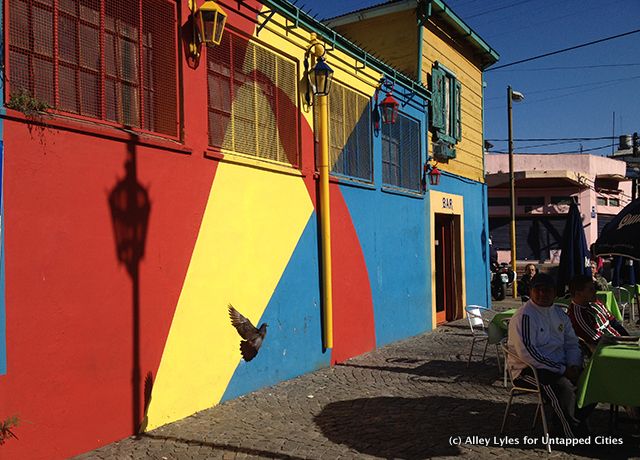
It should be mentioned upfront that while doing research for this article I strayed off the beaten path into an (unbeknownst to me) unsafe territory. While snapping pictures of parks and murals with a friend, we were stopped by the local police and escorted back to the main (read: touristy) section of La Boca. Recent child abductions, robberies and drug trafficking made the area dangerous for locals not to mention lone international dwellers.
For visitors of La Boca, the multi-colored homes are the main attraction. The use of bright visual materials comes from a history of immigration from Genova. Upon arrival, the new immigrants built homes out of what could be found near the docks and the fields in nearby factories. Because there was not enough of any one type of material, the houses were constructed with mixed mediums. Shortly after building process finished, a local artist painted the neighborhood with the colors that readily available.
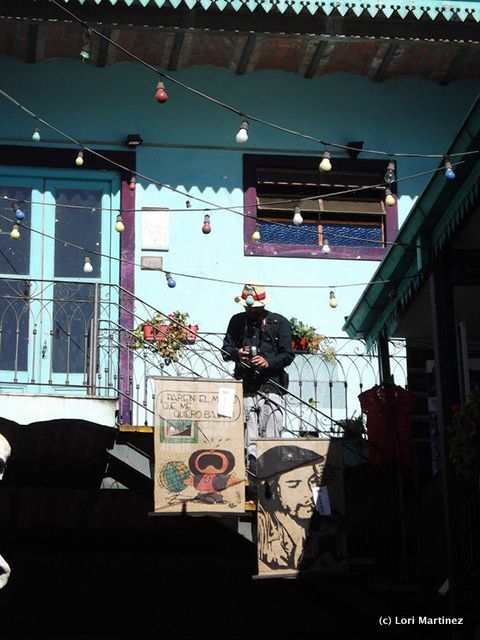
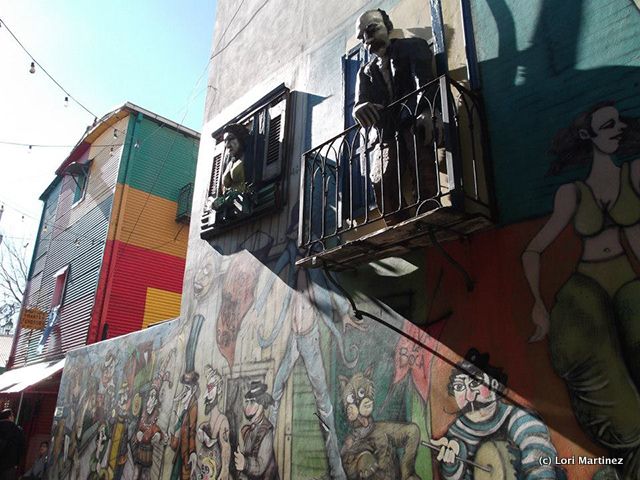
Today, in the pockets of the neighborhood where tourists are less likely to frequent, there remain signs of poverty. The homeless sleep on benches with their dogs one street parallel from the main section of La Boca where tourists spend money on souvenirs. After conversations with locals who knew La Boca, the underprivileged lack faith in their government’s ability to aid them, a common sentiment shared by others in similar circumstances across the globe.
However, a brighter note can be found outside of the main section on the walls of the buildings that align the periphery of La Boca. Equally bright murals adorn abandoned buildings. Some murals feature whimsical clowns; others display depictions of the people proud to call La Boca home. Neighborhood organizations, such as Fundación PROA, tap into the creative scene hosting artists and organizing community support events. Additionally, PROA features many exhibitions by contemporary artists.
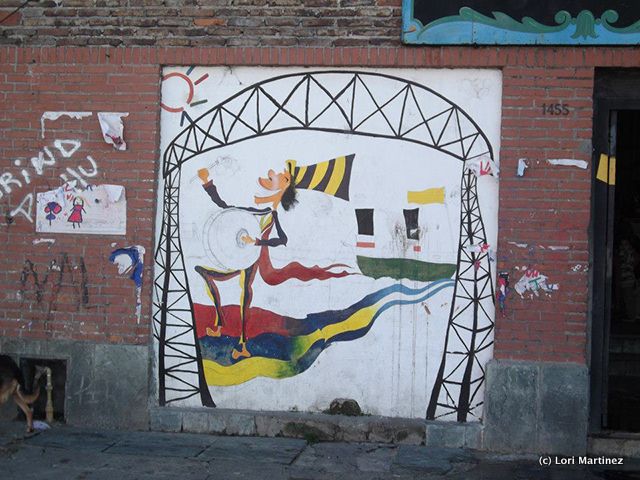
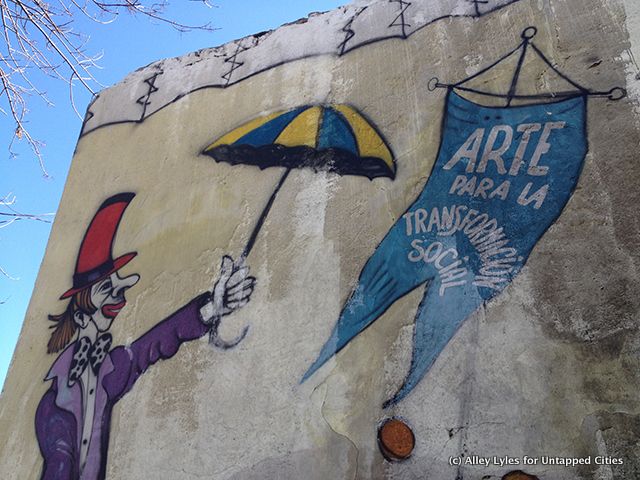

Soon, La Boca will undergo a transformation. Argentine architecture firm, PALO Arquiteca Urbana, will revamp the neighborhood’s spotty transportation infrastructure. The unreliable transportation is believed to be the main obstacle hindering the growth of the area. PALO surmises that a more viable infrastructure will bring more locals to the area, as opposed to tourists. Perhaps it’s a naive hope that improvements will bring an improved quality of life to La Boca without sacrificing its history.
Get in touch with the author @untappedalley.
Subscribe to our newsletter